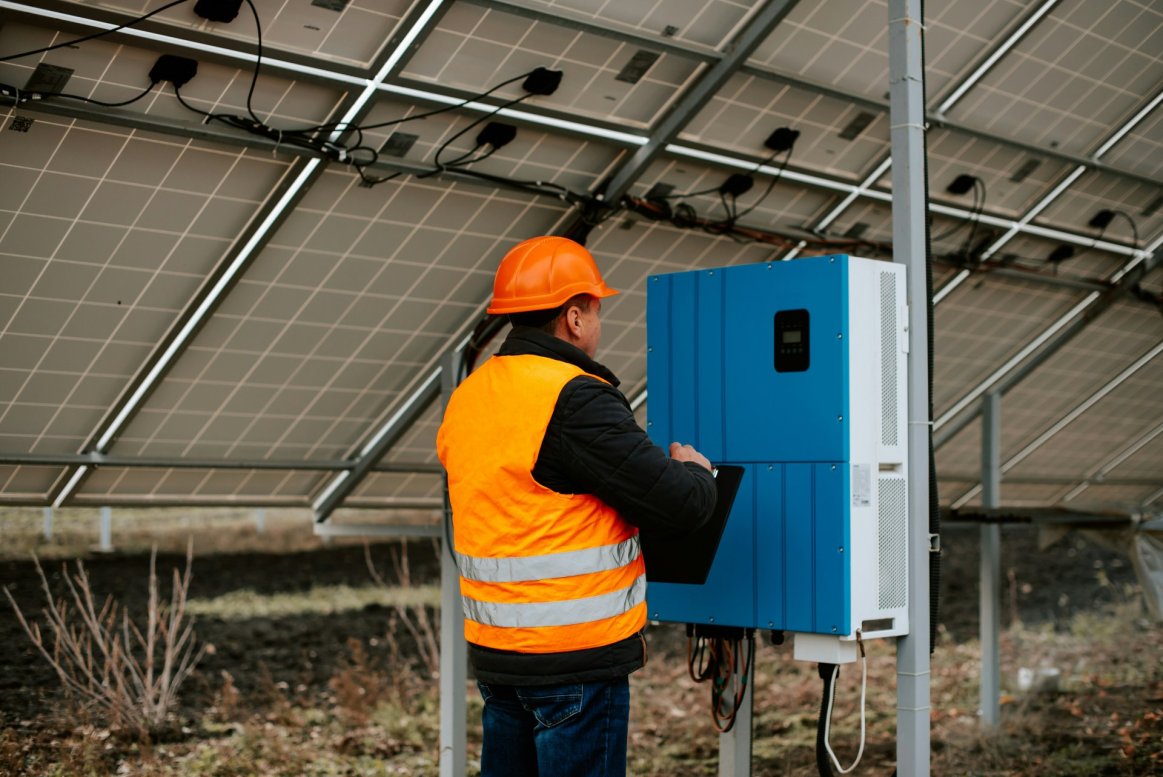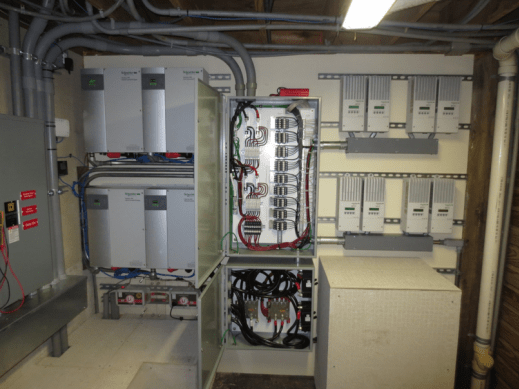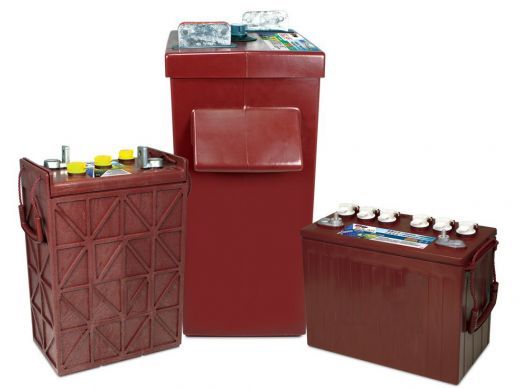
Batteries are the key components of an off-grid renewable energy system such as remote cabins, homes, RVs, and sailboats. Selecting the right number and type of batteries that match your needs is essential. Here are a few key points that you need to know before you start sizing a battery bank.
1) Energy Consumption (Watt hours -W)
The first piece of information that you need to know is how much energy (in kWh) you are consuming daily or weekly. The easiest way to know your energy consumption is to look at your monthly energy bill and estimate your daily consumption. You could also calculate your energy consumption by knowing which energy resources you use.
For example, if a light-bulb of 20 W would consume 20Wh in one hour. A laptop with 70W power necessity would consume 140 Wh in two hours, and so on.
Don’t forget that you have to calculate the DC load. If you are calculating the AC load, you have to divide the AC load by your inverter efficiency.
Let’s say you have a 90% efficient inverter, and your AC consumption is 900 Wh. That means your DC power production should be at least 1000 Wh in order to cover your loses due to the inverter.
2) Days of Autonomy (days)
The second information that you need to know is the potential days of autonomy. This is the number of days where no power generation is possible due to clouds or rain, despite the fact that you continue to consume energy. On a normal day, you could count on 5 hours of sun; however, you still likely consume energy 24 hours a day. Two days of autonomy means your batteries would be large enough to supply continuous energy for full two days without charging.
Three to five days of autonomy is generally accepted as standard.
3) The System Voltage (Volts -V)
The larger the system you have, the higher the voltage you should have. It is normal to match a 12 V battery bank to a 400 W power system. A 5 kW system would work most appropriately with a 48 V wiring system, in order to decrease current flow in the wires.
4) Battery Connections
Batteries in Series
As an industry standard, batteries are manufactured in 2, 3, 6, & 12 Volts. If you connect the batteries in series, the voltage adds up. For example, if you connect two 12 V batteries in series, you would have a 24 V system.
In order to create a 48 V system, you can use eight 6 V batteries by connecting them all in series.
Batteries in Parallel
Batteries are the key components of off-grid renewable energy systems such as remote cabins, homes, RVs and sailboats. Selecting the number of batteries that match your needs is essential. Here are a few key points that you need know before you start sizing a battery-pack.
1) Energy Consumption (Watt hours -W)
The first piece of information that you need is to know how much energy (in kWh) you are consuming daily or weekly. The easiest way to know your energy consumption is to look at your monthly energy bill and estimate your daily consumption. You could also calculate your energy consumption by knowing which energy resources you use.
For example, if a light-bulb of 20 W would consume 20Wh in one hour. A laptop with 70W power necessity would consume 140 Wh in two hours, and so on.
Don’t forget that you have to calculate the DC load. If you are calculating the AC load, you have to divide the AC load by your inverter efficiency.
Let’s say you have a 90% efficient inverter, and your AC consumption is 900 Wh. That means your DC power production should be at least 1000 Wh in order to cover you’re your loses due to the inverter.
2) Days of Autonomy (days)
The second information that you need to know is the potential days of autonomy. This is the number of days where no power generation is possible due to clouds or rain, despite the fact that you continue to consume energy. On a normal day, you could count on 5 hours of sun, however, you’d have to consume energy for 24 hours. Two-days of autonomy means, your batteries would be large enough to supply continuous energy for full two days without charging.
Three to five days of autonomy is accepted as normal battery sizing.
3) The System Voltage (Volts -V)
The larger the system you have, the higher the voltage you should have. It is normal to match a 12 V battery system to a 400 W power system. A 5 kW system would work most appropriately with a 48 V wiring system, in order to decrease current flow in the wires.
4) Battery Connections
Batteries in Series
As an industry standard, the batteries are manufactured in 2, 3, 6, 12 Volts. If you connect the batteries in series, the voltage adds up. For example, if you connect two of 12 V batteries in series, it would mean that you have a 24 V system.
In order to create a 48 V system, you can use 8, 6 V batteries, by connecting them all in series.
Batteries in Parallel
In addition to differing voltages, batteries come in different Ah (Ampere-hour) sizes. This is the battery's capacity: a 6 Volt 80 Ah AGM battery has a higher capacity than a 6 Volt 45Ah AGM battery. You can increase the capacity of your system by connecting the batteries in parallel.
Let’s say you are using a MK/Deka brand, AGM type, 12 V, 92 Ah battery. Connecting two of those batteries would mean that you still have 12 V system, however, your battery capacity has been increased to 184 Ah.
Please also read "How to Size a Battery Bank - Part 2" and our latest update: Battery Bank Sizing: The Right Way!
Visit our energy storage homepage for more information.



